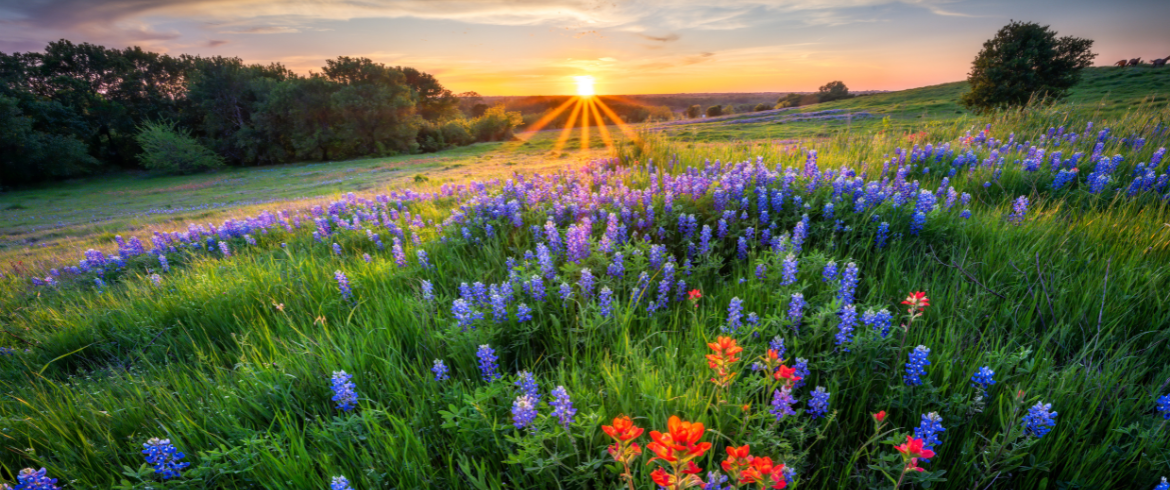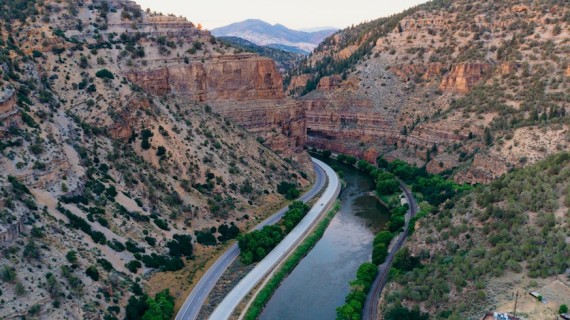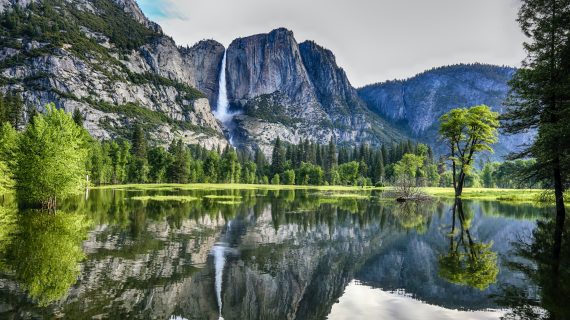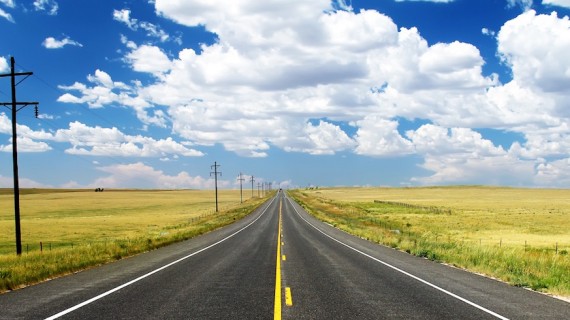For decades, the Lone Star State has been defined by oil and gas. Yet, a new narrative is being written across the vast Texas landscape—one powered by wind and sun. This is an eco-traveler’s guide to Texas, a journey through a state that leads the nation in renewable energy and has become an unexpected frontier for sustainable tourism.
Learn a different side of Texas, where adventure and conservation intersect, inviting visitors to explore its wild lands while embracing the core principles of responsible travel.
Texas’s Green Energy Renaissance
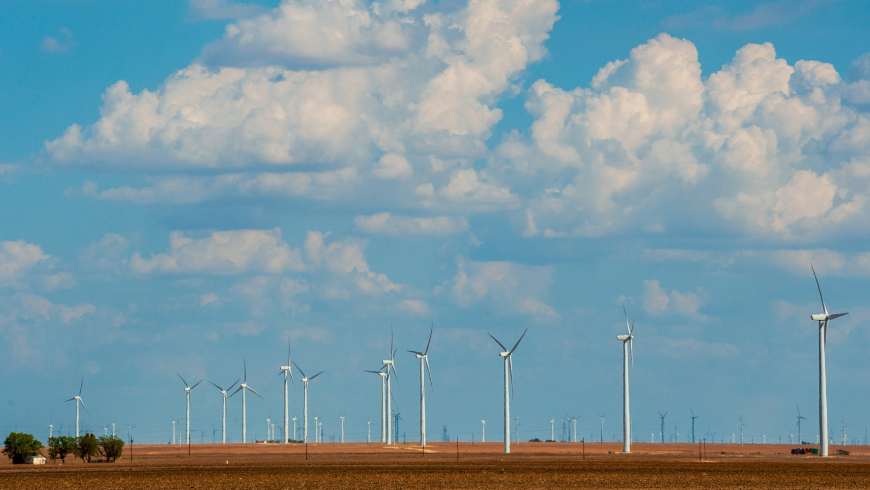
To truly grasp the sustainable travel opportunities in Texas, it is essential to understand the remarkable scale of its clean energy transition. This shift is not a slight, niche trend; it’s a profound, state-wide transformation that provides a fascinating backdrop for any eco-conscious journey.
In 2024, Texas accounted for approximately 17% of the nation’s total electricity generated from renewable sources, with wind and solar producing roughly 30% of the state’s total electricity. The state’s wind power sector is particularly dominant, producing nearly three-tenths of the entire U.S. total, with wind-powered generating capacity reaching about 42,300 megawatts by the end of 2024.
An important milestone was achieved in April 2024, when Texas’s solar power generation surpassed its coal output for the first time, sending 3.26 million megawatt-hours (MWh) to the grid compared to coal’s 2.96 million MWh. This historic moment underscores the rapid decline of coal as a historical primary energy source in Texas, whose market share fell below 10% in the ERCOT or the Electric Reliability Council of Texas grid for the first time in history.
More Consumer Choices That Align With Environmental Values
This abundance of renewable energy creates more choice for consumers, allowing residents to select a green Texas electricity provider that aligns with their environmental values. This, in turn, fuels the state’s ongoing sustainable transition. While the grid faces challenges, particularly during peak demand periods, the growth of renewable energy sources and other distributed resources enhances system resilience.
The grid’s stability during a record-setting heat wave in August 2024, for instance, was a result of a diversified portfolio that included new renewables, battery storage, and gas-fired generation. Distributed energy resources (also known as DERs), such as rooftop solar panels, improve load forecasting and provide essential ancillary services, including frequency and voltage support, which are vital for maintaining a stable grid.
Your Guide to Texas Eco-Adventures: Wild Lands and Starry Skies
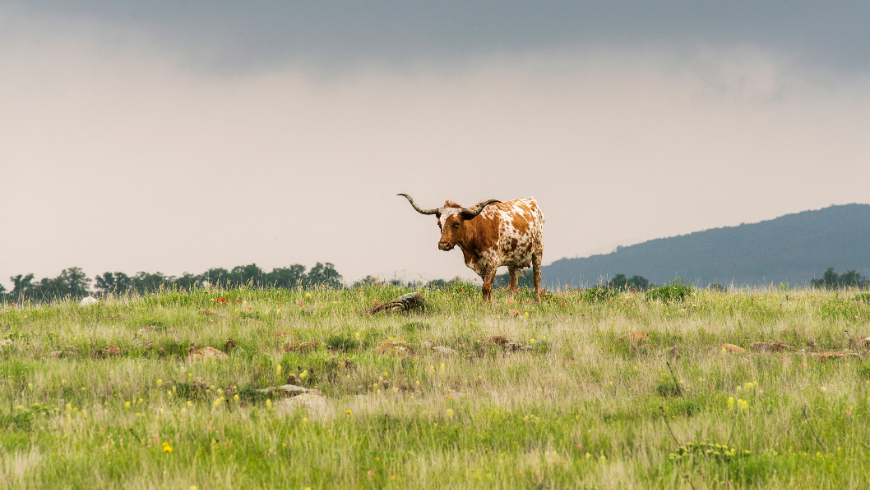
With a backdrop of green energy, your sustainable journey through Texas can begin. The state offers a surprising array of eco-tourism experiences that connect travelers directly with its wild landscapes and ongoing conservation successes.
Chasing Darkness: Stargazing in World-Class Dark Sky Parks
Escape the city lights and discover one of Texas’s most profound natural treasures: its night sky. The state is a premier destination for astrotourism and home to internationally recognized Dark Sky Parks. Imagine standing in the profound silence of Big Bend Ranch State Park, Copper Breaks State Park, or Enchanted Rock State Natural Area. Look up at a sky so clear that the Milky Way appears as a brilliant, shimmering cloud.

Protecting the Wild: Conservation Areas and Wildlife
Texas’s biodiversity is as vast as its landscape. You can explore this natural wealth by visiting its protected areas. Head east to the Big Thicket National Preserve, a UNESCO Biosphere Reserve where southeastern swamps, eastern forests, and central plains converge. Or travel south to the Laguna Atascosa National Wildlife Refuge, a critical habitat for hundreds of migratory bird species and one of only two known breeding populations of the highly endangered ocelot in the United States. By visiting these areas responsibly, tourism dollars directly support the ongoing conservation efforts vital to protecting these unique ecosystems.

Finding Your Green Haven: A Guide to Eco-Lodges
Where a traveler chooses to stay is a crucial component of sustainable travel. Texas has a growing number of accommodations committed to green building and operations. For example, a study on home sales in Bexar County found that properties with a Green certification sold for a 4.2% increase in price. This underscores the tangible value placed on sustainability.
When booking accommodation, look for properties that prioritize green practices and go beyond simple greenwashing. Seek lodging that actively uses on-site renewable energy, such as solar panels, or participates in renewable energy credit programs. Additionally, investigate their water conservation practices, such as rainwater harvesting and low-flow fixtures, essential in a drought-prone state. Finally, support properties that are actively involved in habitat preservation by working to restore and protect the native landscape and wildlife around them.

Practical Green Travel in a Big State
Navigating a state as large as Texas sustainably requires thoughtful planning. While the sheer size presents challenges, a conscious approach can minimize your environmental impact.
- Getting Around Without a Heavy Footprint: While a car is often necessary for exploring Texas, it is possible to reduce your carbon footprint. Plan your route efficiently by clustering destinations in one region, such as the Hill Country or the Big Bend area, to minimize long driving days. When renting a vehicle, choose the most fuel-efficient, electric, or hybrid option available. For travel between major cities like Austin, Dallas, and San Antonio, consider exploring Amtrak routes for a more relaxed and lower-impact way to see the state.
- Comparing Your Eco-Travel Choices: Small decisions can have a significant collective impact. Choosing farm-to-table restaurants over conventional chains supports the local economy, reduces food miles, and promotes regional agriculture. Buying handmade goods from local artisans instead of mass-produced trinkets preserves cultural heritage. Selecting small-group eco-tours over extensive bus tours minimizes disturbance to wildlife. Finally, staying at a certified eco-lodge or a local bed and breakfast reduces energy and water consumption and invests in the local community.

Discover the Greener Heart of Texas
Texas is a land of powerful contrasts, where endless horizons once defined by oil rigs are now dotted with the tools of a sustainable future. The state’s identity is far more complex and greener than stereotypes suggest. The eco-traveler who visits Texas today is not just a tourist; they are witnesses to a remarkable transformation happening in real time.
By making conscious choices, from supporting local businesses to seeking out green accommodations, visitors can contribute to a new story being told across the Lone Star State
Cover image: photo via Canva PRO
